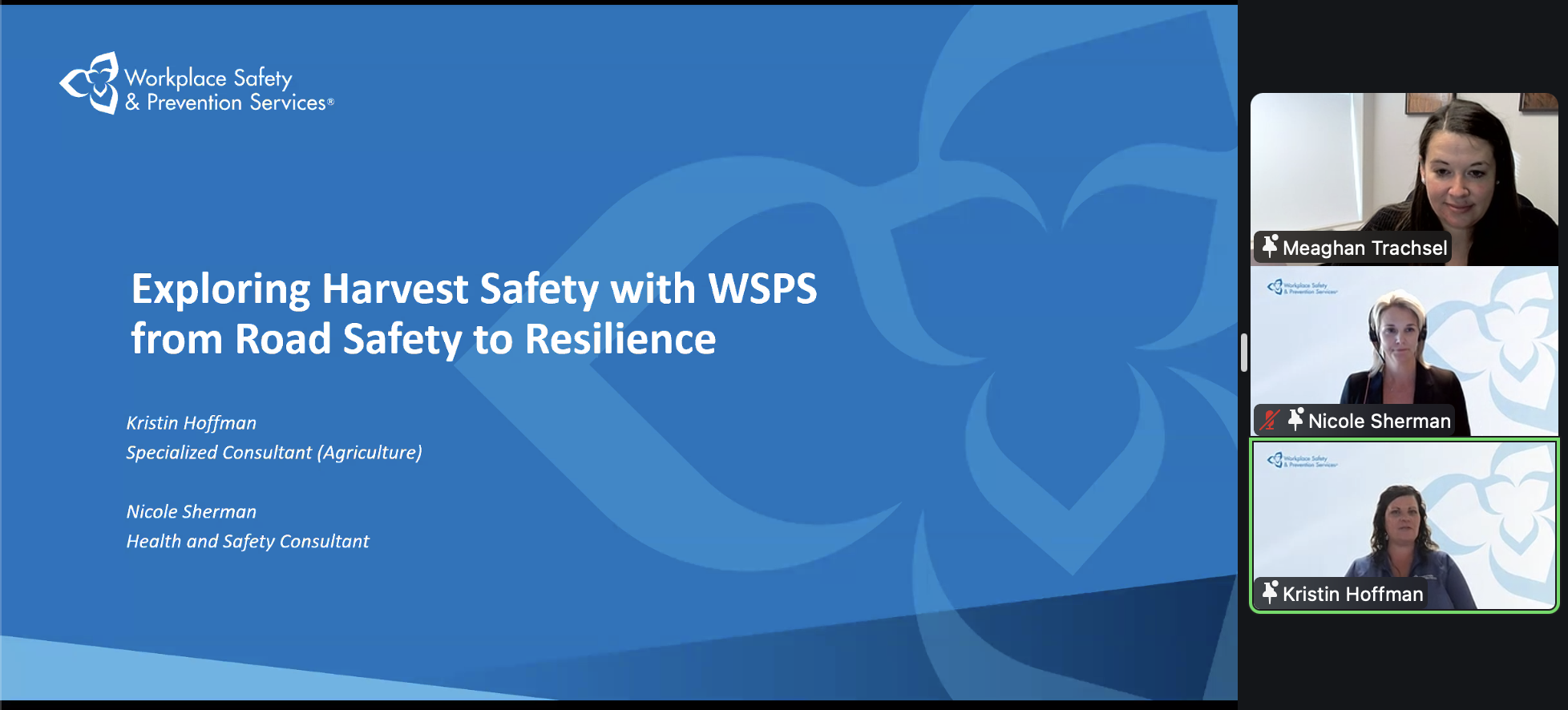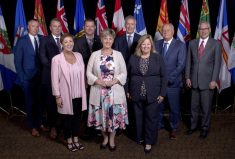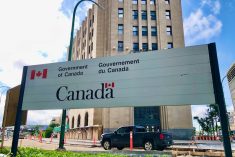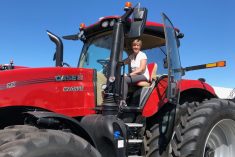Ottawa — Minor changes are coming to AgriStability following Tuesday’s meeting between federal Agriculture Minister Marie-Claude Bibeau and her provincial counterparts.
Major changes, however, will have to wait. A full review of federal business risk management (BRM) will be completed in April, with the findings discussed when the federal, provincial and territorial ministers meet again in July.
The one-day meeting in Ottawa Tuesday resulted in a decision by the ministers to change the way private insurance is treated under the AgriStability program for the 2020 year. Private insurance will be allowed to complement the ag income stabilization program, being used as a “top-up” according to Bibeau, if producers choose to use it.
Read Also

Tips for staying safe this harvest season
Kristin Hoffman of WSPS explains measures for increased farm safety around harvest season
The federal government said it will also pilot a project that will use tax return information for those applying to AgriStability, in hopes it will make it easier for farmers to apply to a program many have long described as complicated.
Bibeau didn’t entirely reject the idea of changing reference price margins under AgriStability, saying she wants to first see a review of all the BRM programs. Farm groups are calling for the margins to be returned to 85 per cent from the current 70 per cent.
“Changing the limit to AgriStability would impact both the federal and provincial and territorial governments,” she said. “And we thought that it would be more appropriate to start by doing a review of the programs and making sure that when we’re ready to put more money on the table, we would do it towards the right program.”
The cost of increasing the limit back to 85 per cent is estimated to be around $300 million.
Agriculture ministers want to move fast on addressing the issue, she said, and raising the reference price margin is “always an option, but we were not ready at this stage to go forward with such a significant increase.”
For now, provinces and federal officials will evaluate the impacts of changes to the reference margin limit and changes to eligible expenses under AgriStability.
Agriculture ministers from the Prairie provinces also had a chance to discuss the issue of carbon pricing with Bibeau. There are continuous complaints from producers and Prairie governments that the cost of carbon is having a significant and costly impact on farmers drying their crops this year.
“I asked them to provide data, and help me gather more information on the situation, if I want to evaluate properly the impact on the sector,” she said, adding later that “we recognize that the agriculture sector may face other types of challenges.”
Bibeau said she is open to evaluating more carbon pricing relief for producers, but reiterated she needs more data in order to make a strong case to her colleagues at the federal cabinet table.
Already the federal government has announced it will review the impact of carbon pricing on the agriculture sector early in 2020.
The ministers also discussed trade challenges facing the agriculture industry, and the risks posed by African swine fever, which hasn’t yet reached the Americas but has hit the hog sector in several countries in Asia, Europe and Africa.
‘Disillusioned’
Among farm groups reacting to the announcements coming out of Tuesday’s meeting, Alberta’s wheat and barley commissions said Wednesday they “were hopeful that more progress would have been made in improvements to AgriStability.
“The deficiencies of AgriStability have been thoroughly studied (and) are well known and action is needed,” they said in a release.
Grain Farmers of Ontario, in a separate release Wednesday, said it was “disillusioned by the lack of action for non-supply-managed farmers” coming out of the meeting.
“Supply-managed farmers have not even experienced the hurt and they have already received a cheque from the federal government,” GFO chair Markus Haerle said. “Our farmer-members are incurring sustained losses and the only promise they have is more meetings.”
“Is this truly the best that the federal government can do? Having another report from government bureaucrats and testing pilot programs in select jurisdictions is a lump of coal in every grain farmer’s Christmas stocking,” Gunter Jochum, president of the Western Canadian Wheat Growers, said Wednesday in that group’s release.
— D.C. Fraser reports for Glacier FarmMedia from Ottawa. Includes files from GFM Network staff.













